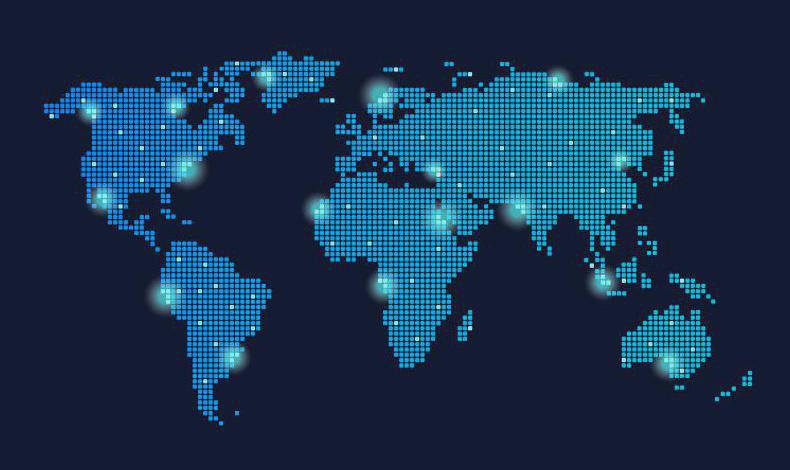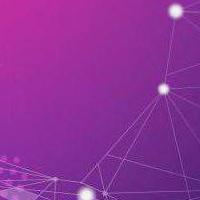What is Grid computing?
Grid computing is a type of distributed computing that involves sharing computing resources across a network. In a grid computing system, each node in the network is able to share its resources, such as processing power, storage, and memory, with other nodes in the network.
Grid computing is often used to solve complex problems that require a large amount of computing power. For example, grid computing has been used to simulate nuclear reactions, study the effects of climate change, and design new drugs.
The Difference Between Grid Computing and Cloud Computing
Grid computing is a type of distributed computing that allows for the sharing of resources across a network. Grid computing can be used to solve complex problems that require the use of many computers.
Cloud computing is a type of distributed computing that allows for the sharing of resources across a network. Cloud computing can be used to solve complex problems that require the use of many computers.
The main difference between grid computing and cloud computing is that grid computing typically involves the sharing of resources between organizations, while cloud computing typically involves the sharing of resources between individuals.

Grid Computing Benefits
There are many benefits of grid computing, including:
- Increased Efficiency: By sharing resources across a network, organizations can make better use of their resources and avoid duplication of effort.
- Scalability: Grid computing can be easily scaled up or down to meet changing needs.
- Flexibility: Organizations can use grid computing to access resources that may not be available locally.
- Reduced Costs: By sharing resources, organizations can save money on hardware, software, and energy costs.
- Improved Reliability: Grid computing can provide a more reliable and robust computing environment by distributing resources across multiple servers.
Grid Computing Challenges
One of the challenges of grid computing is ensuring that the different parts of the system are compatible with each other. This can be a challenge because different parts of the system may be running on different types of hardware or software. Another challenge is security. Because grid systems often involve sharing resources between different organizations, it is important to make sure that only authorized users have access to the system.
Despite these challenges, grid computing has the potential to provide significant benefits. For example, it can allow organizations to make better use of their existing resources, and it can provide access to resources that would otherwise be unavailable.
Latest Posts

What is Parallel Computing?
01-11-2022

Folding@home - Protein Folding Research
25-10-2022

The World's Grand Challenges
14-10-2022

Get the Most Out of Your Processor
28-09-2022

gLite - CERN middleware software project
11-09-2022
